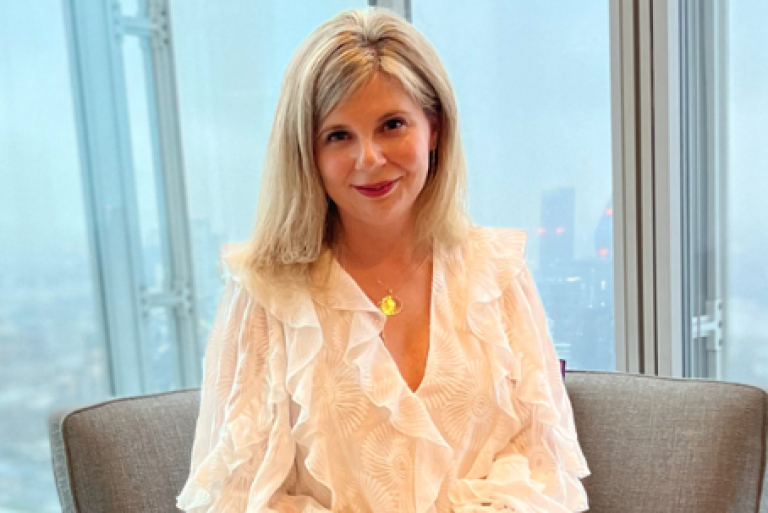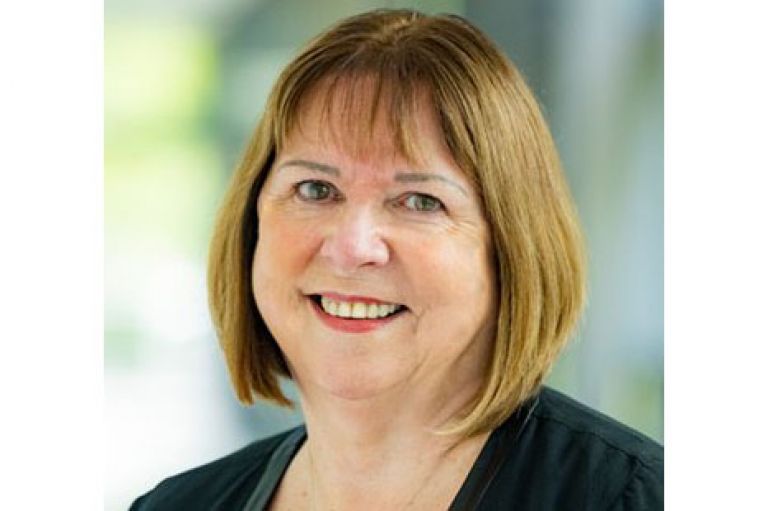The two-day conference was held at the giCentre, City St George’s.
By Mr Shamim Quadir (Senior Communications Officer), Published
Held across Thursday 12 and Friday 13 September, the Computer Graphics & Visual Computing (CGVC) conference brought together a wide range of academics and practitioners in the field of computer graphics and visualisation.
The two-day, annual conference is in its 42nd year, and City St George’s, University of London was delighted to host it at the giCentre, Department of Computer Science, School of Science & Technology.
Lecture highlights
DAY ONE
The first day of the conference kicked off with a ‘paper session’ on visualisation design and evaluation methods where presentations covered a width breadth of topics.
Colleagues from the giCentre presented work on how methods designed to understand text can be leveraged to visualise sequences of events in space and time and how map augmentation and sketching techniques can help cyclists express their experiences of their routes to work.
Researchers from King’s College London followed by sharing their research findings around how people from different age groups may perceive visualisation differently, and highlighted how more needs to be done to design better for older age.
The session concluded with a Keynote address from Professor Jonathan Roberts, Bangor University, who discussed how visual data art can unleash the creativity of computer science students.
Later in the day, the audience heard from major research groups from across the UK who explained how EPSRC funding is allowing them to introduce new advances in visualisation research. The special session on “Human-Centred Decision-Making: Progress in the UK Visualisation Research Agenda” included presentations on how visualisation is key to explaining AI, and bringing data a step closer to neurodiverse audiences.
The afternoon keynote address by Dr Rachel McDonnell, Trinity College Dublin, inspired her audience to think how realism, lighting, colour, shape, and motion can shape our sense of embodiment, agency, and empathy towards virtual agents in the metaverse.
The first day's sessions concluded with lightning talks by poster presenters who were challenged to pitch their posters in two-minute talks each. Delegates were entertained by the creativity of the presenters, and tactics they used from tongue-twisters to brilliant cliffhangers.
The formal day ended with laughs and claps from an enthused audience before the group went on a guided tour of London that included two stops for ‘giCentre gelato’ and then a conference dinner at Draughts, which included a “Research One Word” game that ensured early career academics had an opportunity to network with established academics about their research.
Networking
DAY TWO
The second day of the conference began with parallel sessions showcasing a variety of ‘short papers’, where presenters talked about late breaking state-of-the-art research in visualisation and computer graphics.
These were followed by a fascinating and inspiring keynote address by Dr Petra Isenberg, INRIA, France, on what the future of technology will look like and how embedded and situated visualisation will play a key role in the daily lives of millions of people. He argued that from health to entertainment, the promise of understanding real-world situations through engaging graphics will revolutionise the way we design the visual data stories of tomorrow.
The afternoon saw important conversations at the ‘VIS in Practice’ session, which brought together the perspectives of industry leaders on how they develop and use visualisation to solve real-world problems and their efforts to bridge the gaps between research and practice.
The final phase of the conference reviewed the timely topic of large language models (LLMs) and how they are revolutionising several areas of research, including visual analytics, which was highlighted in a dedicated paper session before concluding with a public vote on the best presentations in all three tracks of the conference and handing awards to the winners in each category.

















